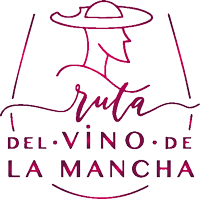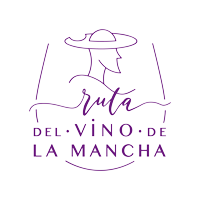Gastronomy
The gastronomy of La Mancha has remained intact for centuries
Many of the typical recipes of La Mancha already appeared in the book Don Quixote de la Mancha. They have remained unchanged for centuries, maintaining the essence of what they have always been; an austere, simple gastronomy, of humble origins but capable of surprising with every mouthful.
Traditional dishes from La Mancha
The most traditional recipes from La Mancha have become popular worldwide because they appear in the book Don Quixote de la Mancha. And since then, they have remained true to their roots, simple and humble food that surprises diners with every mouthful of powerful flavours.
Gachas Manchegas
The Gachas Manchegas are a dish of humble origins, formerly the sustenance of shepherds and country people during the winter season. Its easy preparation, few and cheap ingredients and significant caloric intake made it ideal for resisting the harshness of the cold. The Gachas Manchegas are a combination of grass pea flour, garlic, sweet paprika, bacon and chorizo.
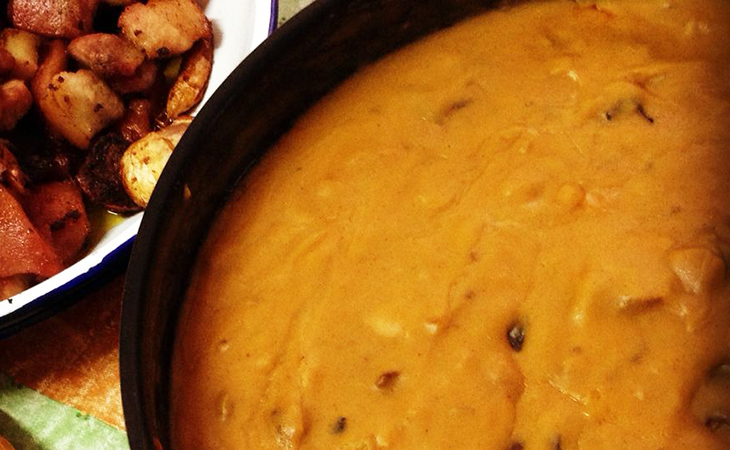
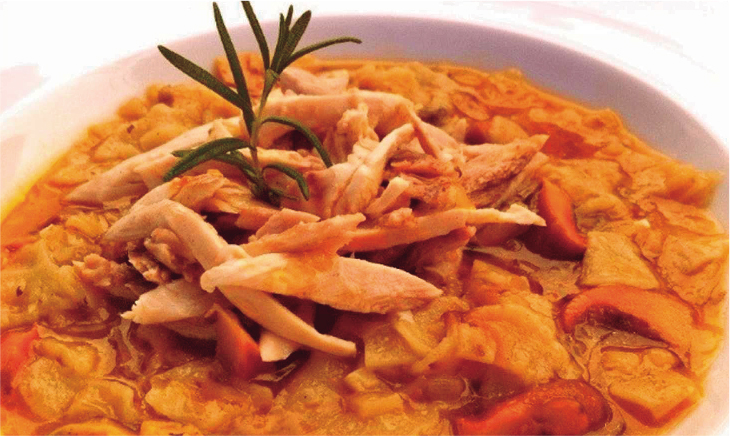
Gazpacho Manchego
Gazpacho Manchego is a simple culinary preparation based on humble ingredients but with a consistent flavour. In general, chicken, rabbit, partridge and hares are used in a hearty stew served hot and accompanied by pieces of “torta cerceña”. It is a dish of peasant origin; the shepherds prepared it with the ingredients they had at their disposal in the winter season.
Pisto Manchego
Pisto Manchego is one of the best-known dishes in La Mancha. The peasants prepared it using the products of the garden. It consists of a stir-fry of vegetables, essentially tomatoes and peppers. However, the ingredients may vary according to personal taste and the vegetables in season.
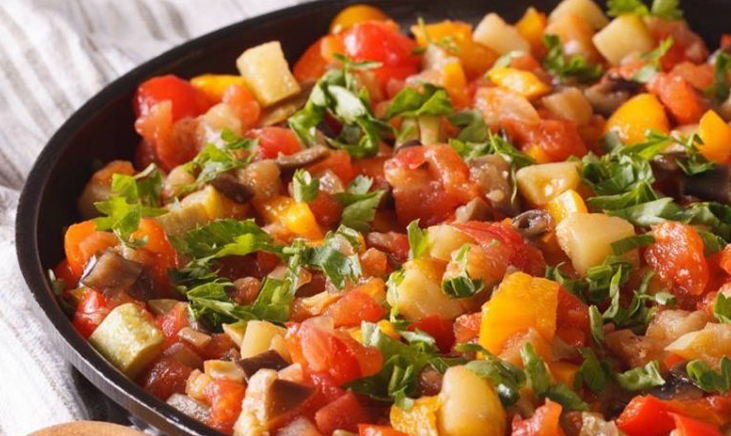
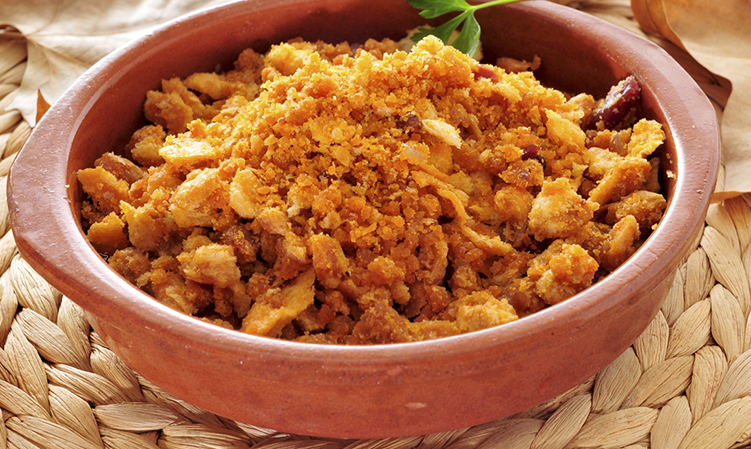
Migas de Pastor
The Migas de Pastor has been linked to the shepherds who were touring the fields with their flocks of sheep. Traditionally it was prepared using easily accessible foods, that is, sausages, oil and hard bread, to achieve a consistent plate of Migas de Pastor.
Atascaburras
Atascaburras is a dish commonly consumed in places with low temperatures; it is usually eaten during the winter season. There are references to the dish’s origin since the 17th century in communities of shepherds. As it is a country meal, its ingredients are based on potatoes, cod and eggs.
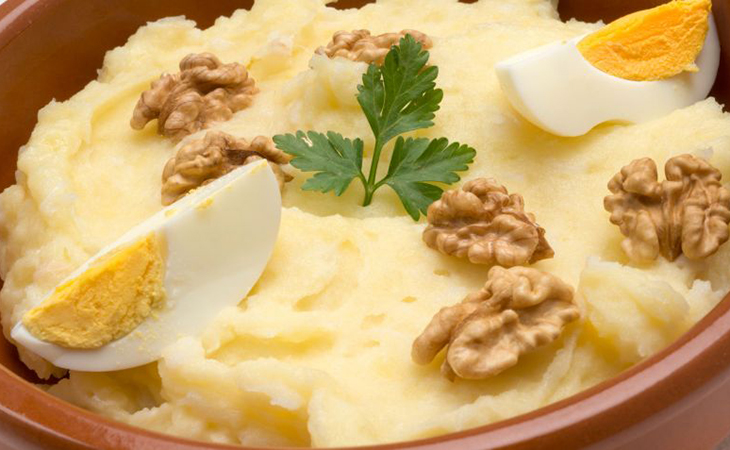
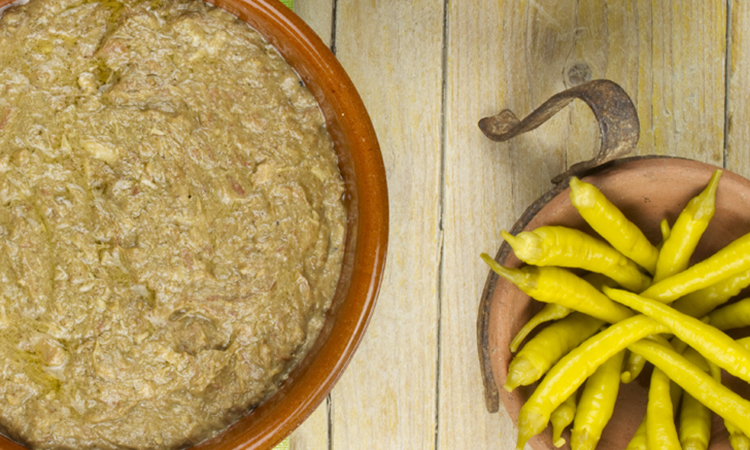
Morteruelo
Morteruelo is a dish with a strong flavour capable of transporting us back to ancient times. It is a kind of pâté based on game meat, the main characteristic of the cuisine prepared by the shepherds. Usually, rabbit and quail meat is used, and pork liver is added. Slow-cooked, it is a spiced and breadcrumbed dish, ideal as a spread for its smooth texture and powerful flavours.
Castilian soup
The Castilian Soup is one of the most humble, simple, economical and recognized recipes of Spanish gastronomy. The traditional Castilian Soup with garlic, peppers, water or chicken broth, eggs, ham and hard bread. It is often an essential dish at Easter and in the winter season, and in fact, also a light and comforting country breakfast.
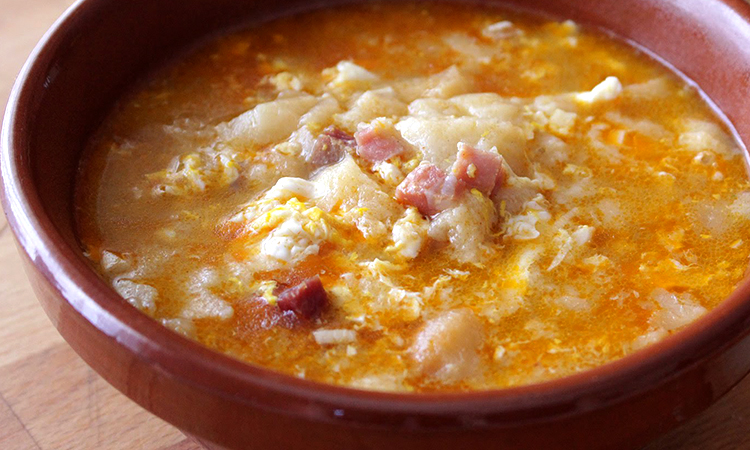
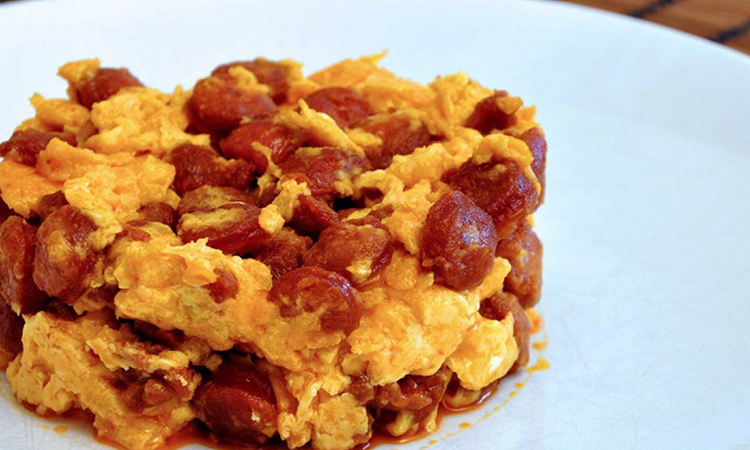
Duelos y Quebrantos
It is an internationally recognized dish for appearing in the book of Don Quixote de la Mancha by Miguel de Cervantes. It was a dish prepared by farmers, who were preparing to cook it to eat after the sudden death of a work animal. Its preparation is simple and fast, basic ingredients such as eggs, chorizo, ham and bacon are used. It is a dish with intense flavour.
La Mancha Products
.The landscape of La Mancha, characterised by its wide plains, is the source of products that, thanks to the effort and care that the farmers of La Mancha give to their land, we can enjoy products such as olive oil and honey. Special mention should be made of the internationally recognised Manchego cheeses.
Wine
La Mancha has the largest vineyard in the world. Top quality wines are produced in this area, thanks to the climate and the limestone terrain. All this has allowed winemakers from La Mancha to obtain wines of recognized prestige.
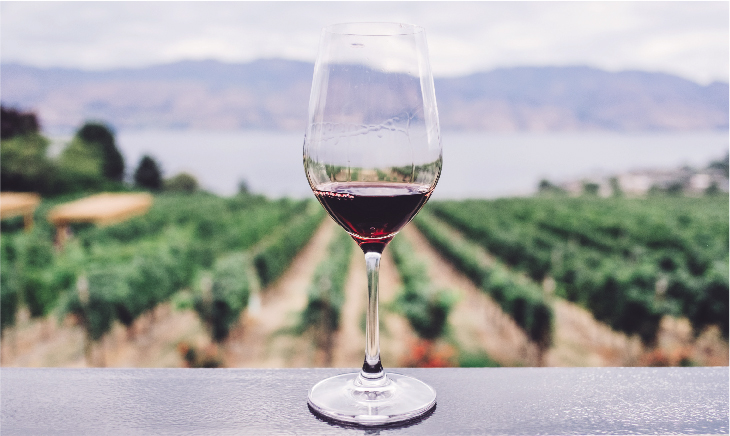
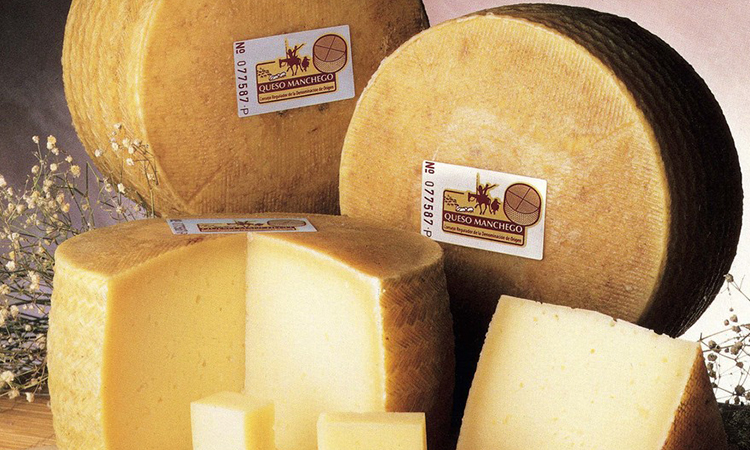
Cheese
Undoubtedly, Manchego Cheese has become one of the most recognized in Spain, it has been consumed since ancient times throughout the region. Its particular flavour and texture result from its extreme climate that allows the development of country vegetation. This, in turn, is an essential food for the sheep that produce the milk with which Manchego cheese is made, giving it the authentic flavour that has captivated the world.
Oil
One of the most important industries in the region next to wine is the production of oil. Castilla-La Mancha is the second olive-growing manufacturing area in Spain. Among its Denominations of Origin, Montes de Toledo, Campo de Montiel, Aceites de La Alcarria and Montes de Calatrava, they are positioning themselves among the best manufacturers in the world in terms of extra virgin olive oils.
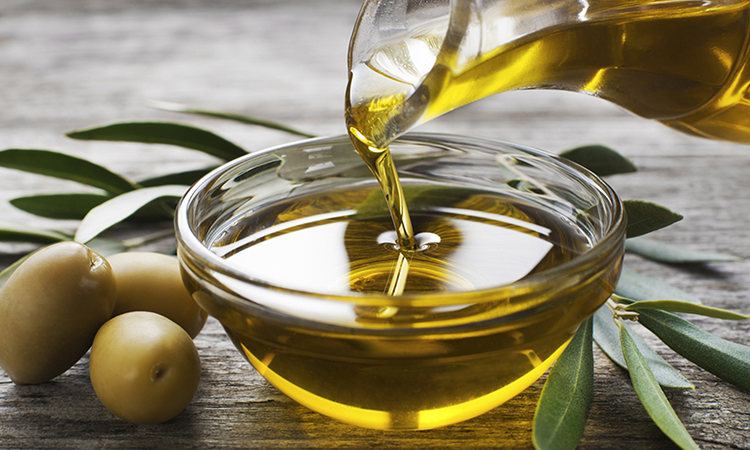
Sweets from La Mancha
The traditional sweets are varied and based on simple recipes with a long tradition. The Muslim heritage, conventual cuisine and traditional festivities nourish the pastry recipes of La Mancha, one of the areas with the most desserts in Spain.
Torrijas
In general, in spring (Holy Week), family gatherings are accompanied by “torrijas”, among other desserts. The preparation of this sweet is simple, with basic ingredients that are usually at home. Above all, the main ingredient, the stale bread, is moistened in warm milk flavoured with cinnamon and vanilla and sweetened with honey.
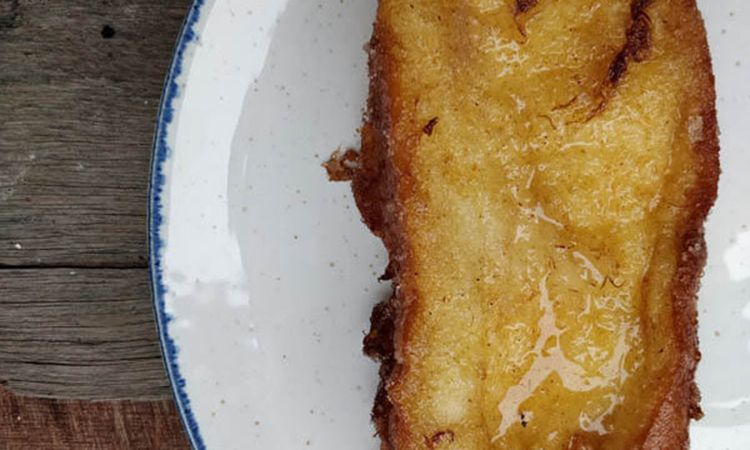
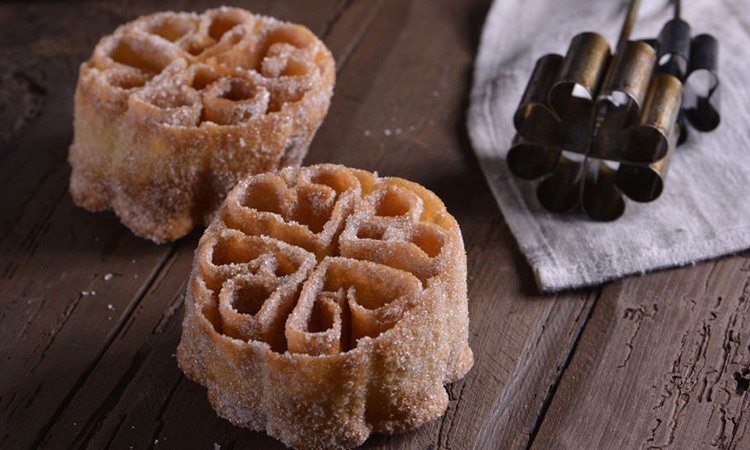
Flores Manchegas
In addition to “torrijas”, “Flores Manchegas” are a culinary tradition in La Mancha that is prepared at Easter. Its main distinctive feature is its shape, very similar to the Calatrava cross. Its preparation is simple, and its ingredients are very basic, wheat flour, egg, milk, sugar and anise to flavour. It is one of the most appreciated desserts.
Gastronomic Events
Discover all the gastronomic events of La Mancha. Throughout the year there are events where you can enjoy the products and gastronomy of La Mancha. Would you like to try them?
